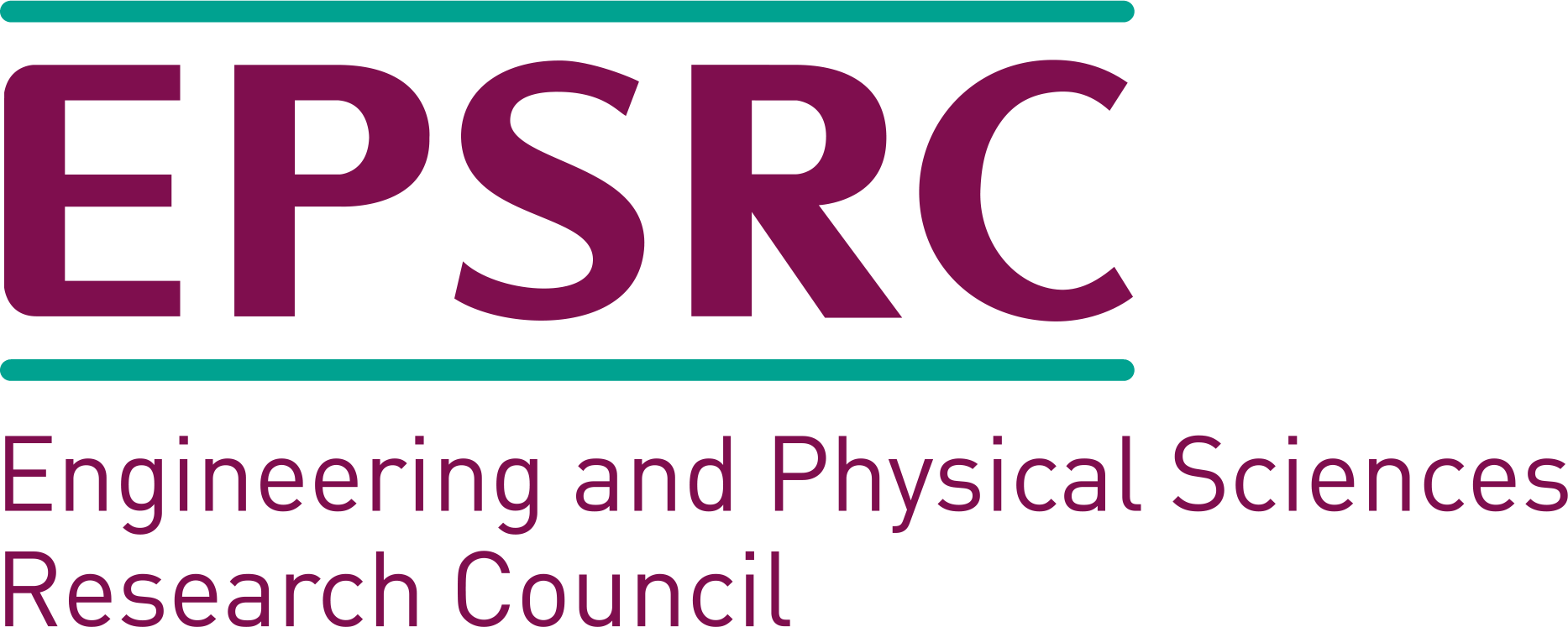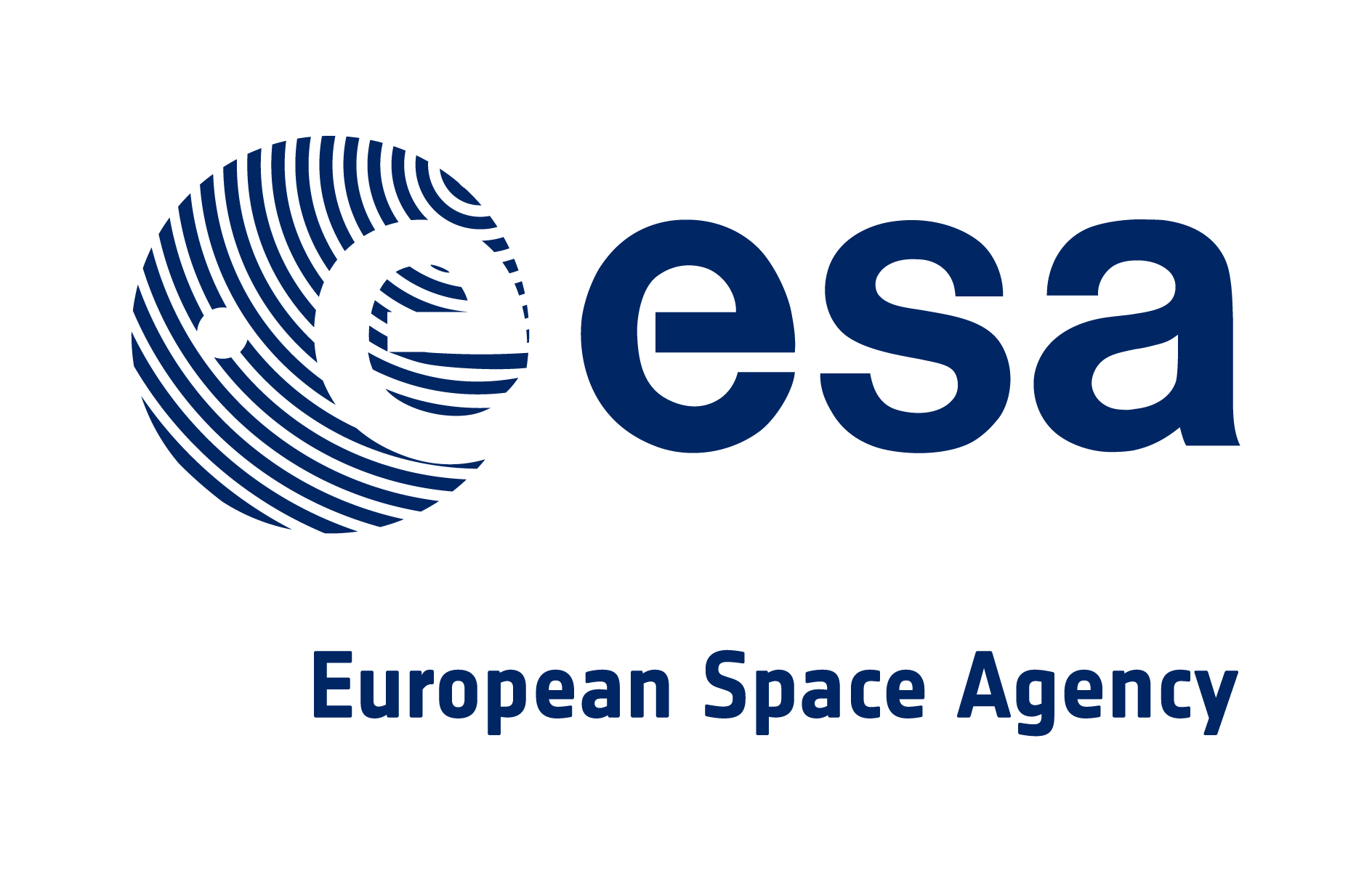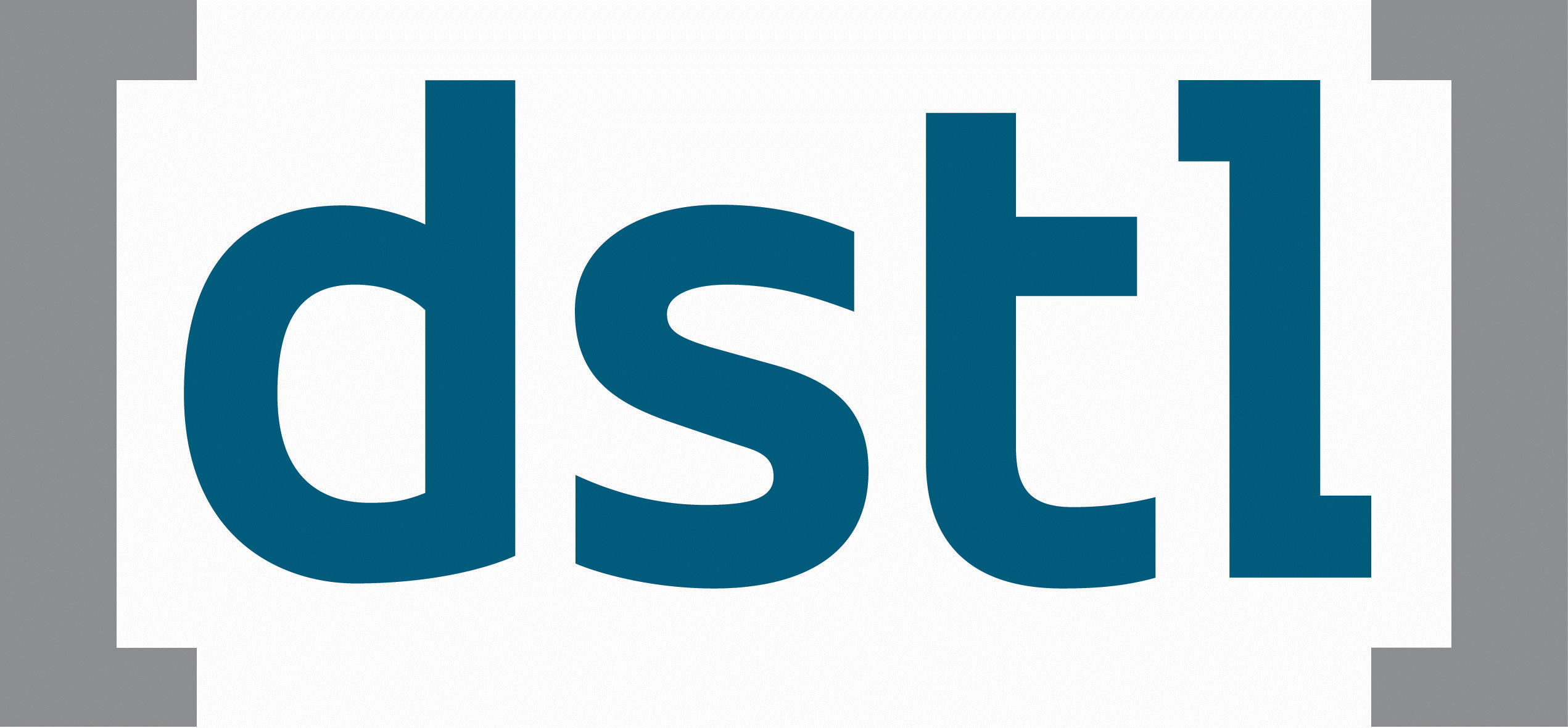Atom Interferometers

If an atomic vapour of bosons is cold and dense enough that the inter-atomic spacing approaches the thermal de Broglie wavelength, then a phase transition occurs and all of the atoms coalesce into the same (lowest energy) quantum state. Such a Bose-Einstein condensate (BEC), in which all of the atoms behave in essentially the same way, is thus the atomic analogue of a laser – an atom laser. These atom lasers are extremely cold (~10nK) coherent macroscopic quantum objects large enough to be observed on a simple CCD camera – bringing textbook quantum mechanics to life. Achievements in the field to date ensured the 2001 Nobel Physics Prize for those who first experimentally realised BEC.
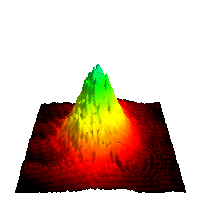

In 2003 we created the first BEC in Scotland at Strathclyde, joining other groups worldwide, and in 2005 we made one of the world’s first BEC-in-a-ring experiments. Since 2013 we have a new dipole-trap based BEC experiment with magnetic levitation. Our condensates contain a few 105 87Rb atoms in the $|F=2,m_F=2>$ state. We like to measure things with our BECs using interferometry, and split and recombine our condensate atoms using either a Young’s slits arrangement with a magnetic trap and optical plug, or a Mach-Zehnder arrangement using Kapitza-Dirac beams that’s sensitive to magnetic gradients and inertial accelerations of a few mG/cm or cm/s2, respectively.
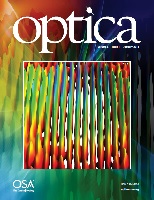

Fresnel zone plates: We continue to have a strong interest in ring geometries as a means to achieve precision guided matter-wave interferometry. In addition to a variety of one- and two-dimensional micro-fabricated spatially periodic patterns (gratings), we are investigating the use of micro-fabricated transmissive Fresnel holograms for creating arbitrary optical dipole potentials for atomtronics.
Funding
- EPSRC grants EP/M013294/1, EP/G026068/1, GR/N21000/01
- ESA 4000120052/17/NL/BJ
- DSTL DSTLX1000095638R
- Leverhulme Trust RPG-2013-074
- InnovateUK EP/R002371/1
